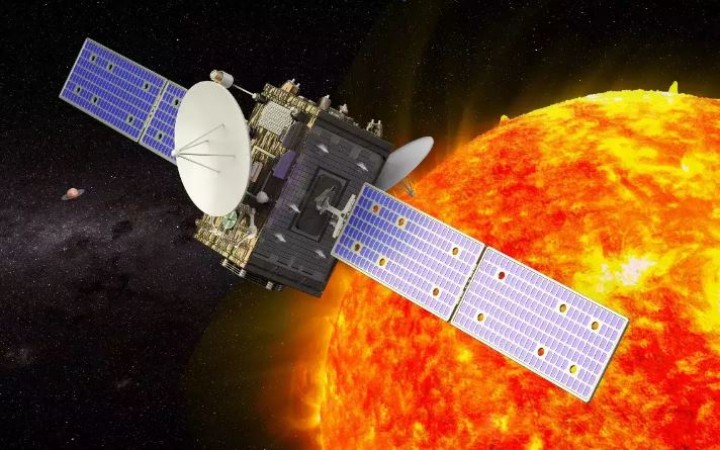
New Delhi: India's solar observatory, Aditya-L1, is set to reach its orbit around Lagrange Point 1 (L1) on January 6, 2024. The spacecraft will be in a special orbit where gravitational forces from the Sun and Earth are balanced. The Chairman of the Indian Space Research Organisation (ISRO), S Somanath, stated that the exact time for Aditya-L1's orbit insertion is yet to be decided. Aditya-L1's final destination is 1.5 million kilometers from Earth, and the event will be live-streamed on ISRO's official YouTube channel.
Aditya-L1 was launched on September 2, 2023, from the Satish Dhawan Space Centre, Sriharikota. It entered the intended orbit over an hour after launch and, on September 19, performed a manoeuvre to enter the trajectory toward Sun-Earth L1. It is the second Indian spacecraft to exit Earth's gravitational influence, following Mangalyaan-1.
The spacecraft has conducted various scientific experiments, including measuring high-energy particles, capturing high-energy X-rays from solar flares, and studying energy variations in protons and alpha particles. The SupraThermal and Energetic Particle Spectrometer (STEPS) is the first payload to begin scientific experiments, measuring high-energy ions in solar winds.
HEL1OS, the High Energy L1 Orbiting X-ray Spectrometer, captured its first high-energy X-ray glimpse of solar flares on November 7. It aims to study solar flares by measuring hard X-rays. The Solar Wind Ion Spectrometer (SWIS), part of the Aditya Solar wind Particle EXperiment (ASPEX), became operational on December 2, measuring protons and alpha particles in solar winds.
The Solar Ultraviolet Imaging Telescope (SUIT), an ultraviolet telescope, captured full-disc images of the Sun in near-ultraviolet wavelengths. These images provide details about the Sun's photosphere and chromosphere, offering insights into solar phenomena. The data obtained from these experiments will contribute to understanding the Sun's behavior and its impact on space weather. ISRO continues to monitor and analyze Aditya-L1's findings, advancing our understanding of solar processes and contributing to space science research.
Alwar Horror: Police Officers Removed from Duty Amidst Allegations of Year-Long Rape
PFI Leaders in Custody: ED Sheds Light on Foreign Funding and Anti-National Operations
India's Turn the Other Cheek Era Ends: Jaishankar Calls for Competitive Response to Terrorism